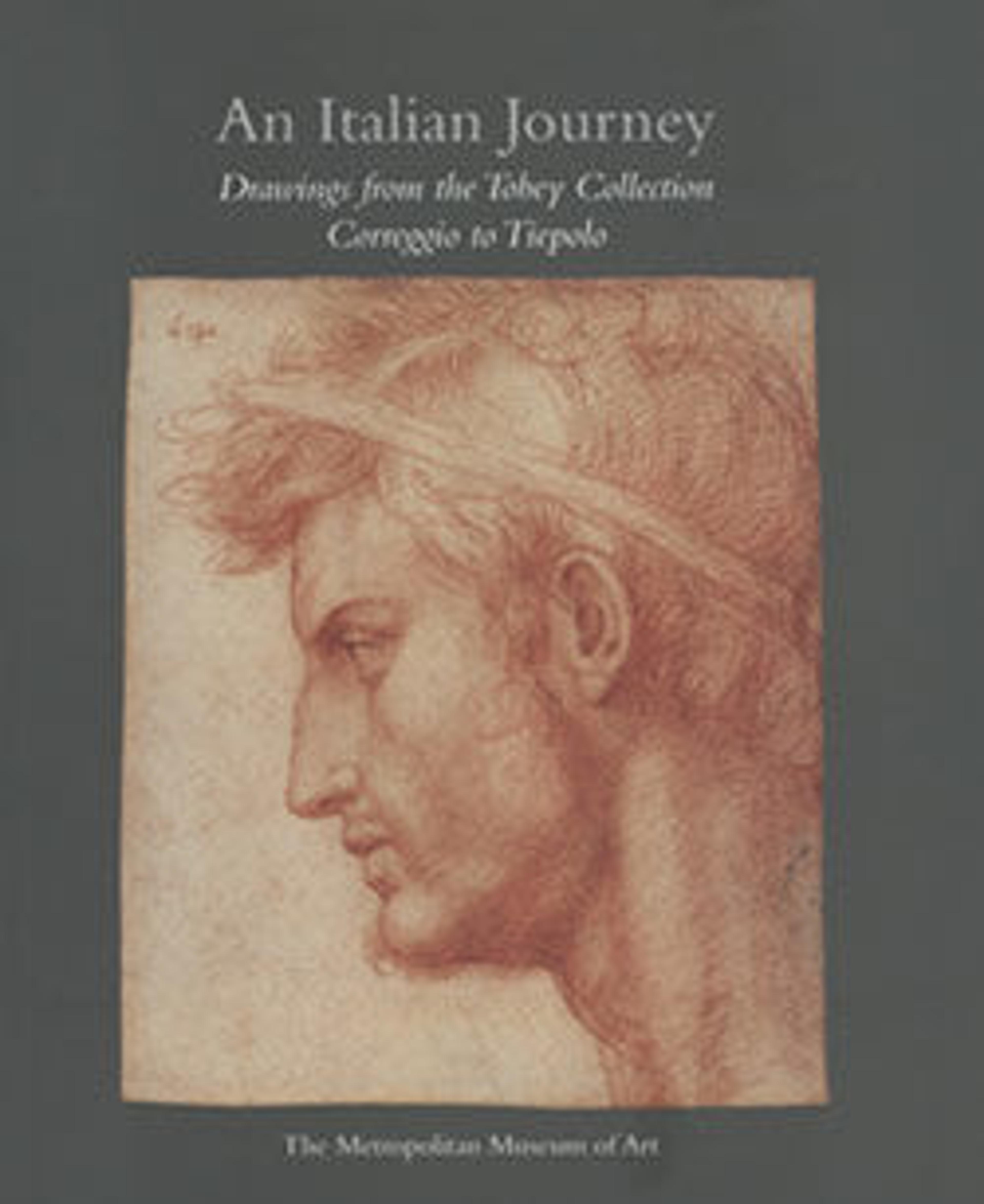Marble sarcophagus with the myth of Selene and Endymion
An inscription at the center of the lid informs us that this trough-shaped sarcophagus was dedicated to a woman named Arria, who lived fifty years and ten months, by her daughter Aninia Hilara. Arria’s portrait is carved just to the right of the inscription. The story of Endymion is shown in strongly undercut relief on the front of the sarcophagus. In the center, Selene, the moon goddess, alights from her chariot to visit her beloved, the shepherd Endymion, who reclines at the right. Endymion, most beautiful of men, has been granted eternal youth and eternal sleep. A female figure stands over him, pouring out the magic potion of immortality and holding a bunch of sleep-inducing poppies. The scene is flanked on the left end of the sarcophagus by a rising Helios, the sun god, and on the right by a descending Selene, each in a chariot. On the back, a bucolic scene with herdsmen among grazing bulls and unyoked horses is cut in low relief. Allusions to the changeless cycle of nature are combined with a myth of fulfillment through unending sleep.
Artwork Details
- Title: Marble sarcophagus with the myth of Selene and Endymion
- Period: Severan
- Date: early 3rd century CE
- Culture: Roman
- Medium: Marble
- Dimensions: H. 28 1/2 in. (72.39 cm)
- Classification: Stone Sculpture
- Credit Line: Rogers Fund, 1947
- Object Number: 47.100.4a, b
- Curatorial Department: Greek and Roman Art
Audio
1247. Marble sarcophagus with the myth of Selene and Endymion, Part 1
0:00
0:00
We're sorry, the transcript for this audio track is not available at this time. Please email info@metmuseum.org to request a transcript for this track.
Listen to more about this artwork
More Artwork
Research Resources
The Met provides unparalleled resources for research and welcomes an international community of students and scholars. The Met's Open Access API is where creators and researchers can connect to the The Met collection. Open Access data and public domain images are available for unrestricted commercial and noncommercial use without permission or fee.
To request images under copyright and other restrictions, please use this Image Request form.
Feedback
We continue to research and examine historical and cultural context for objects in The Met collection. If you have comments or questions about this object record, please complete and submit this form. The Museum looks forward to receiving your comments.
